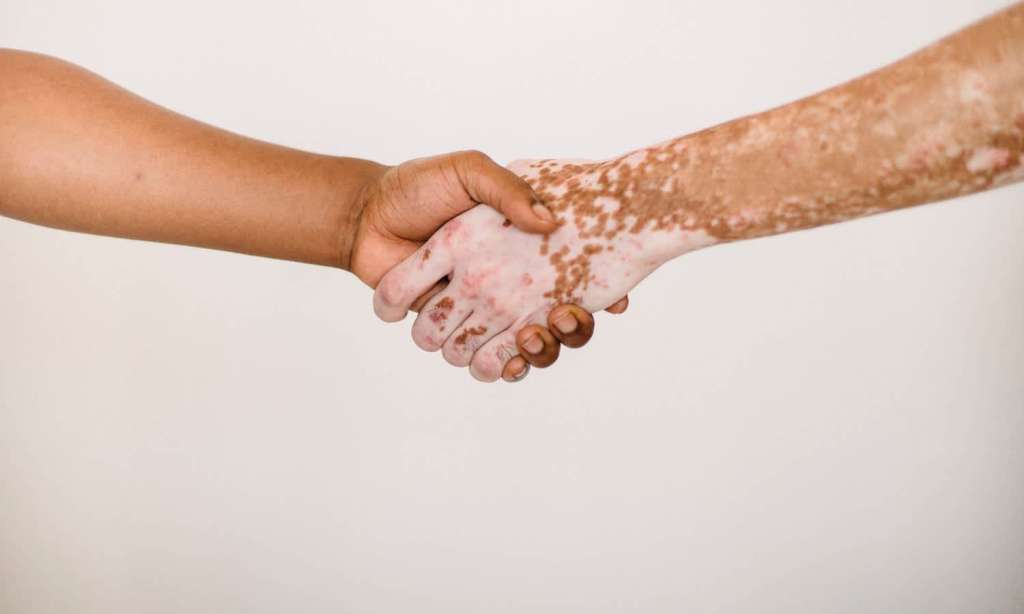One morning over the weekend, a friend called me unexpectedly. More surprising than the fact I picked up (I may be a nomophobe, but I also have the classic millennial anxiety regarding phone calls), was that she was at the other end having a panic attack.
Having experienced a few throughout my life, I was able to coach her through it on the fly encouraging slow, steady breathing — in through the nose and out through the mouth; reassuring her that her feelings are perfectly valid; telling her that myself and my other friend participating on the phone call were here for her and that we weren’t going anywhere.
My surprise mainly stemmed from the fact that I’d never seen her have one before — I forgot that even if people don’t exhibit anxiety or aren’t diagnosed with it, they can still go through panic attacks.
According to Health Direct, as many as 5 in every 100 Australians experience a panic attack at some stage in their life. Common symptoms include intense fear; sweating or chills; shaking; pounding heart; difficulty breathing, and head and chest pain.
Reach Out agrees on “keeping your cool”, and speaking to a friend having a panic attack calmly. Ask if they’ve had a panic attack before, and if they have coping mechanisms you can implement. They may find it difficult to speak or remember; asking in advance is always a good idea if this is a common occurrence.
Reassurance and validation are also valid options according to Reach Out. Taking action is also highly recommended — remind and encourage your friend to take slow, deep breaths alongside you. Getting them comfortable, and asking them to count backwards slowly from 100 are also actions you can take.
One thing that numerous medical websites and publications support, including the University of Rochester Medical Center, is a grounding method known as the “5-4-3-2-1 method”.
Grounding methods are scientifically proven coping strategies that help reconnect people with the present — as opposed to the panic attack — and separate someone from the distress they’re currently experiencing.
And yes, as the name suggests, each number corresponds with something — a way to ground yourself. Or in the case of people reading this, a way to help ground your friend experiencing a panic attack.
5 is for five things you can see around you. Acknowledge them; they can be as simple as the floor or ceiling, clothes or shoes you’re wearing.
4 is for four things you can touch that are around you. Your hair, a pillow, ground underneath your feet, a desk.
As for 3, this is related to three things you can hear. Any external sound will do, from someone typing on their keyboard to noisy neighbours, the traffic outside.
Smell is the sense related to 2. It involves acknowledging two things you can smell — the scent of your bedding or pillow, perhaps the smell an outside breeze carries in. This may be more difficult and might involve you walking to a bathroom for the smell of soap or the kitchen for the smell of food.
And 1, takes up the last of our senses: taste. What’s one thing you can taste? This doesn’t involve going and making yourself a meal, but instead what the inside of your mouth tastes like — toothpaste from this mornings brush, the sneaky bit of dark chocolate you had at 3 pm.
What to do following a panic attack? Remember that panic disorder is one of the most treatable mental health issues, according to WebMD, and encourage them to seek professional help.
If you or anyone you know is struggling and needs support, call Kids Helpline on 1800 55 1800 or Lifeline on 13 11 14, both of which provide trained counsellors you can talk with 24/7. You can also speak with someone confidentially at Headspace by calling 1800 650 890 or chat online here. If you are in immediate danger, call 000.
Read more stories from The Latch and subscribe to our email newsletter.







